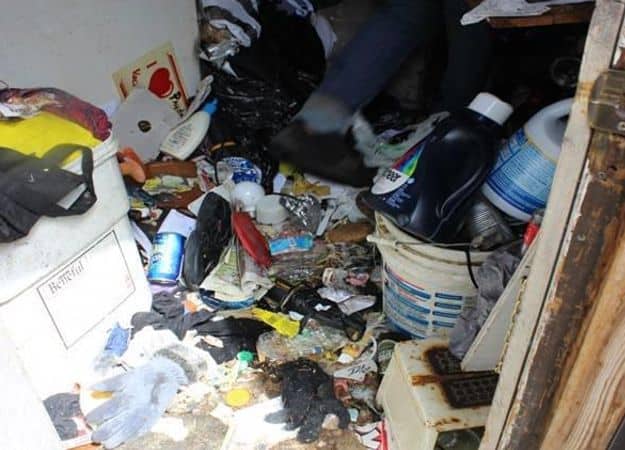Hoarding – Best Practice
Target Audience
Social Workers, Team Leads, Therapists, Housing Staff, Nurses, Homecare Workers
Brief Description of Training
Compulsive Hoarding, also known as hoarding disorder, is a behavioural pattern characterized by excessive acquisition of and an inability or unwillingness to discard large quantities of objects that cover the living areas of the home and cause significant distress or impairment. A full day training looking at the challenges of Hoarding Behaviours in housing and best practices for this very challenging issue.
Learning Objectives
- Identifying the different levels of hoarding
- Strategies for successful engagement
- Identifying signs, symptoms and causes
- Dismissing the stereo types

Are you a Hoarder?
- Excessive accumulation and failure to discard (proportionately) things or animals.
- Activities of daily living are impaired by spaces, which cannot be used for their intended use.
- Distress or impairment in functioning is caused to the hoarder and/or others
Are you a Clutterer?
- Even though spaces may have excessive accumulation, clutterers can throw things away more easily and with much less distress.
- The clutter does not debilitate your life to the same degree
Here are three red flags:
Areas of your home can't be used for intended purpose, without shifting things around.
You can't walk through each of the rooms of your home without stepping over things to do it.
You can't find things when you want them.



